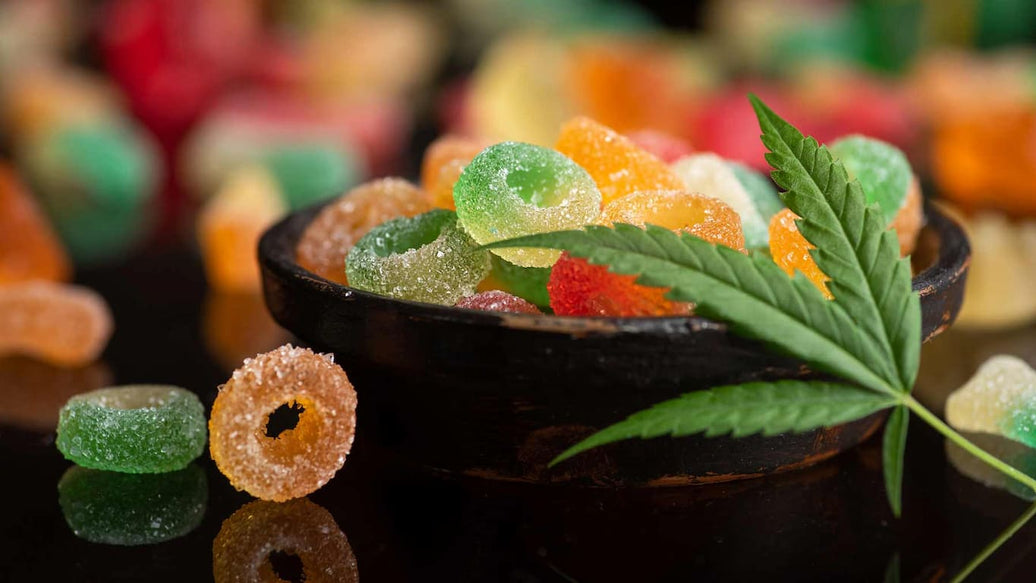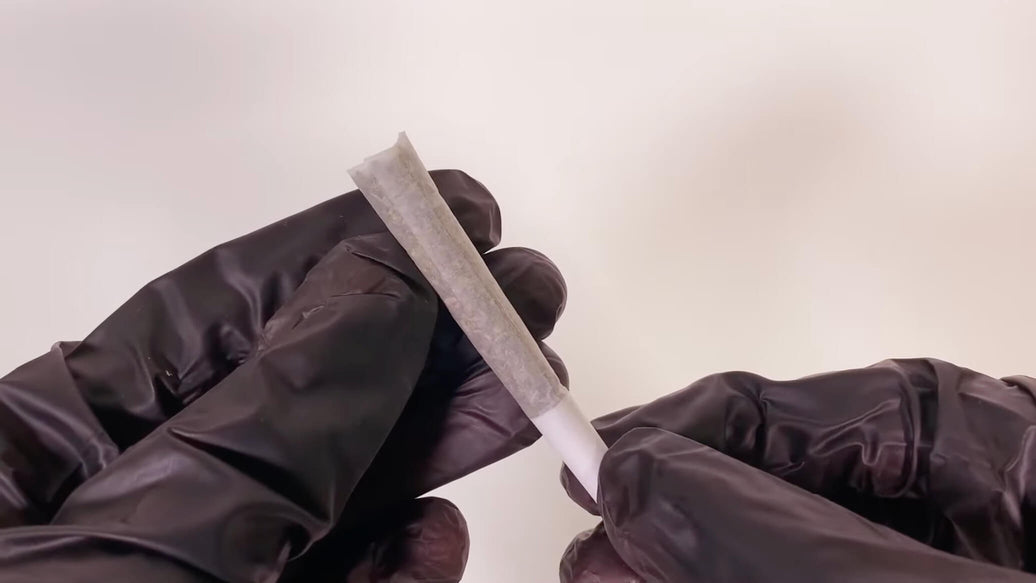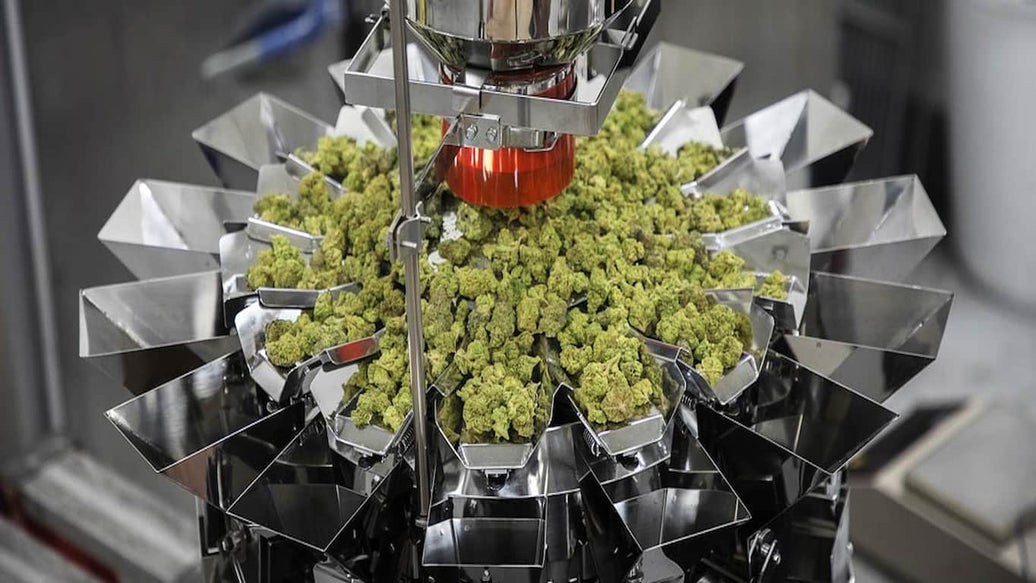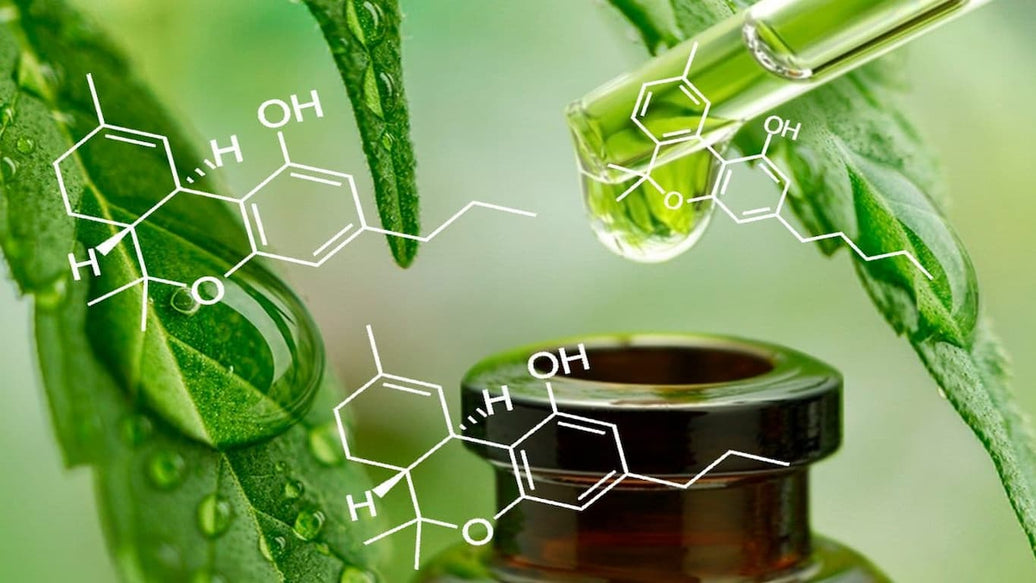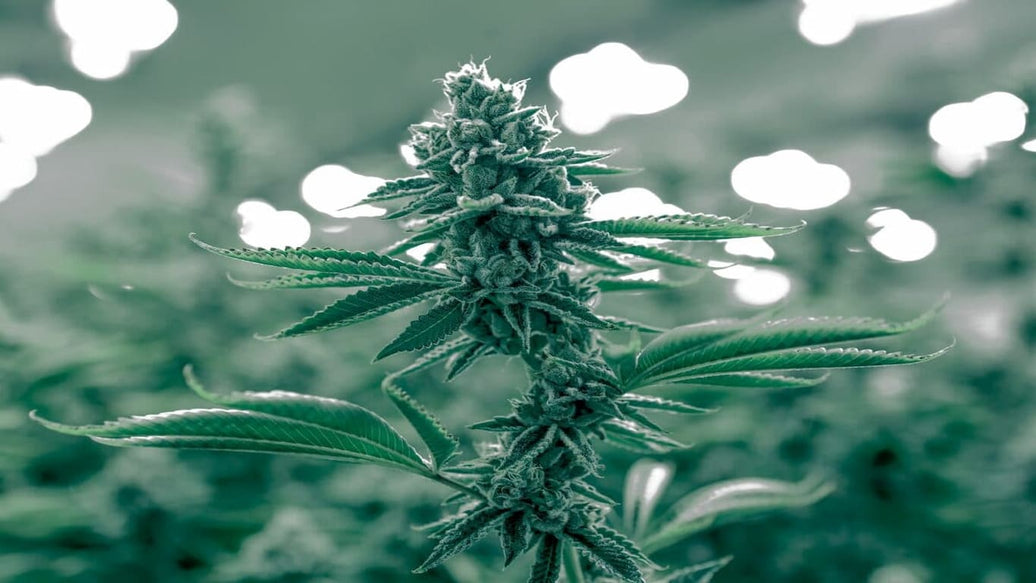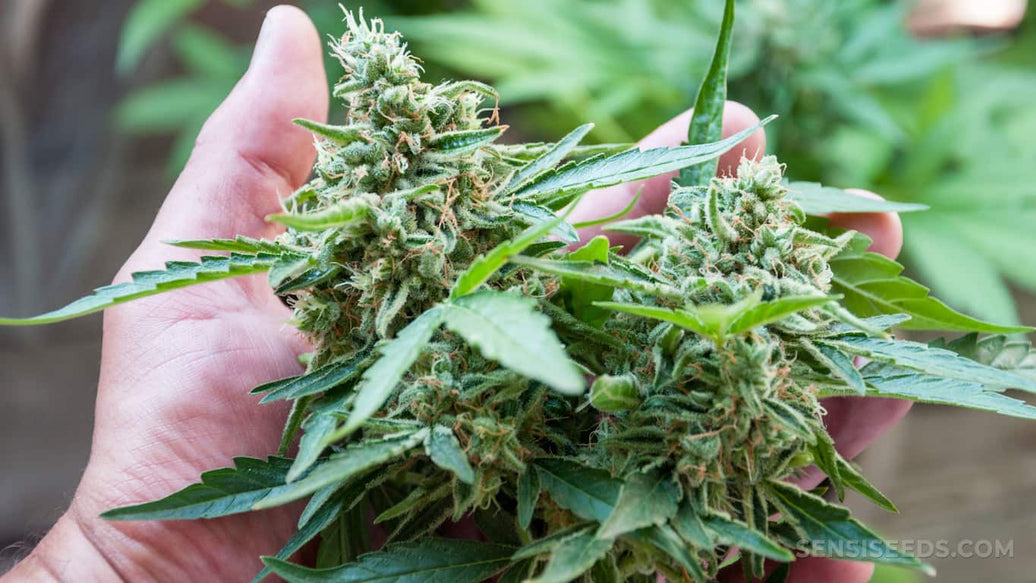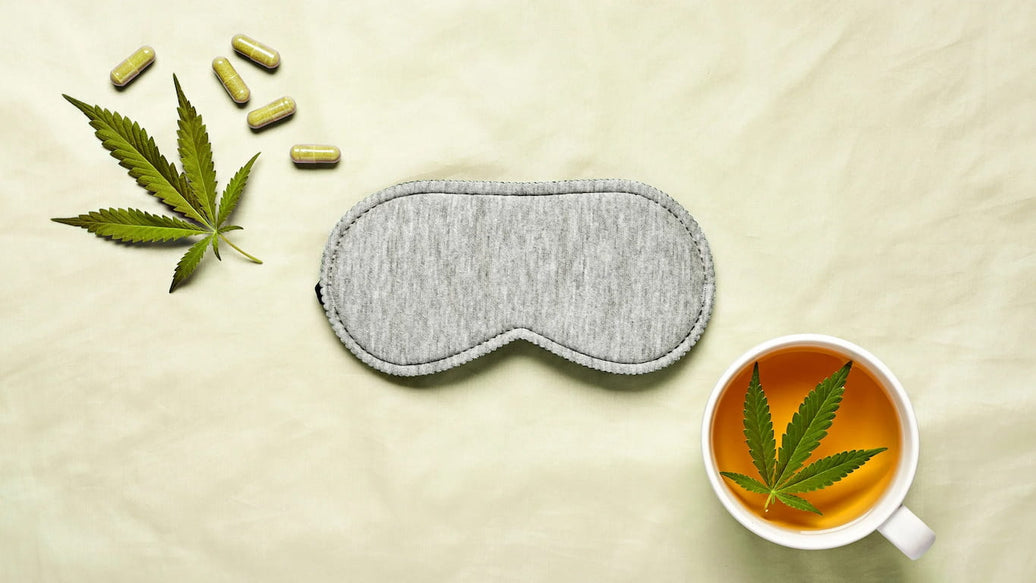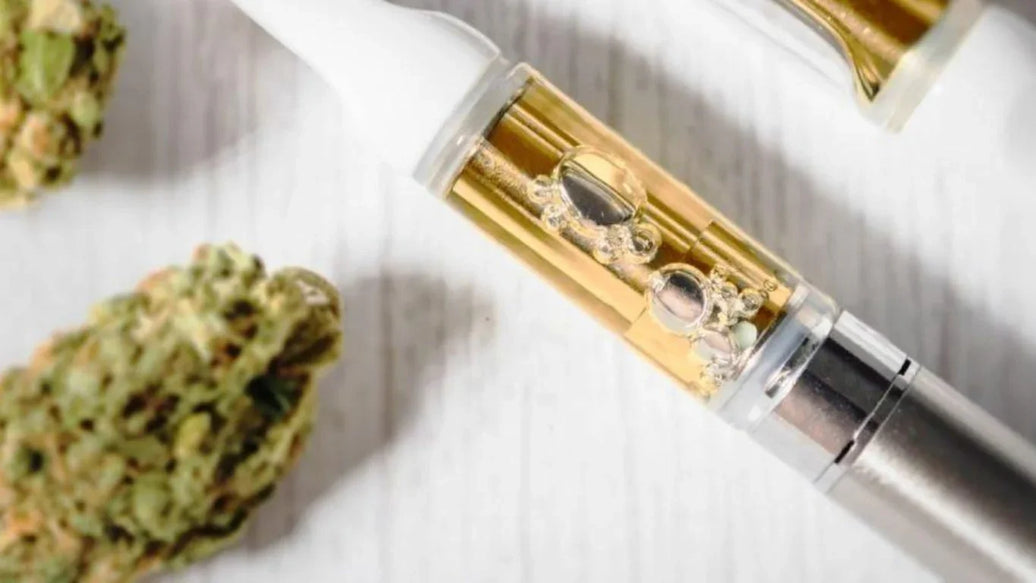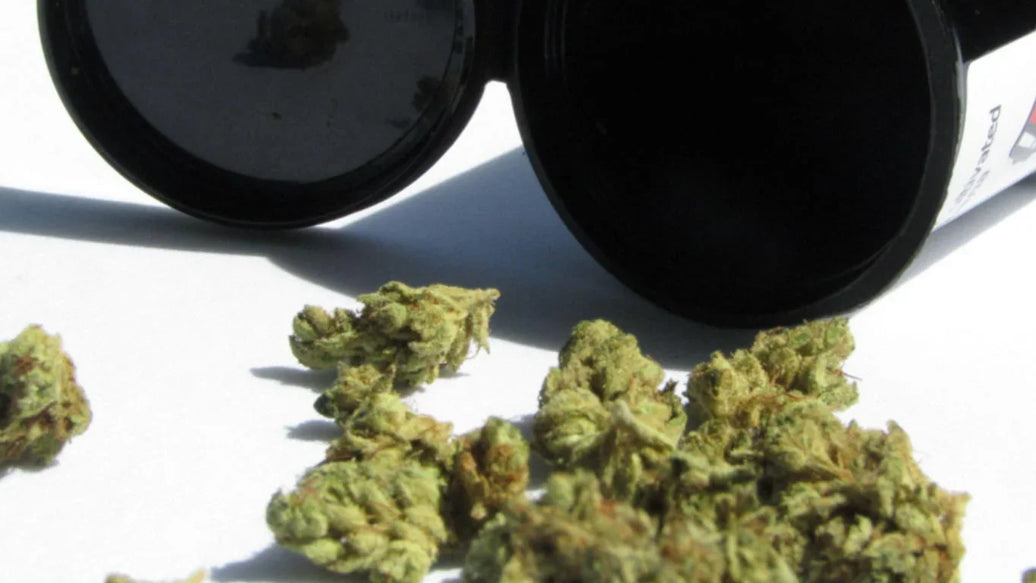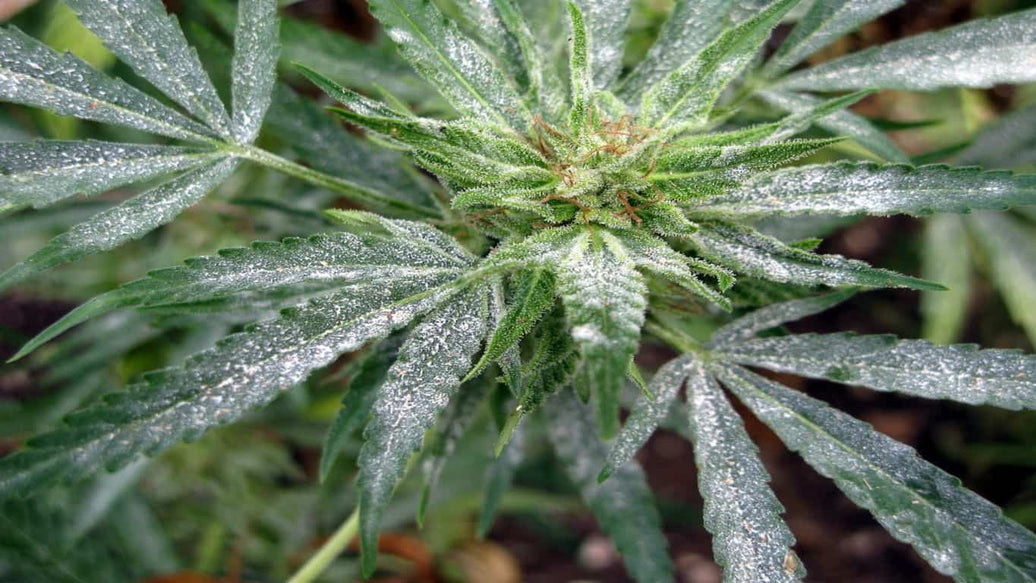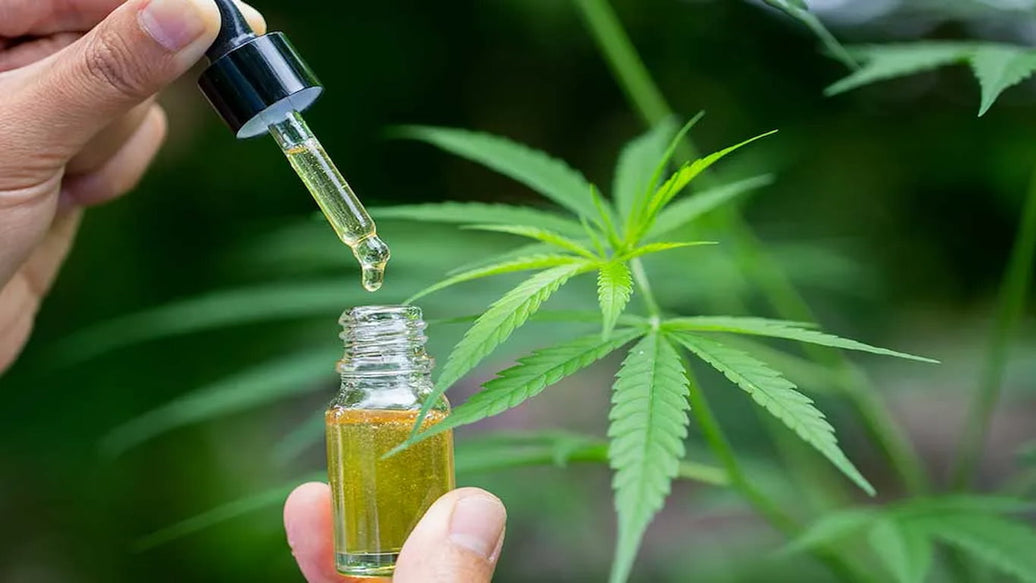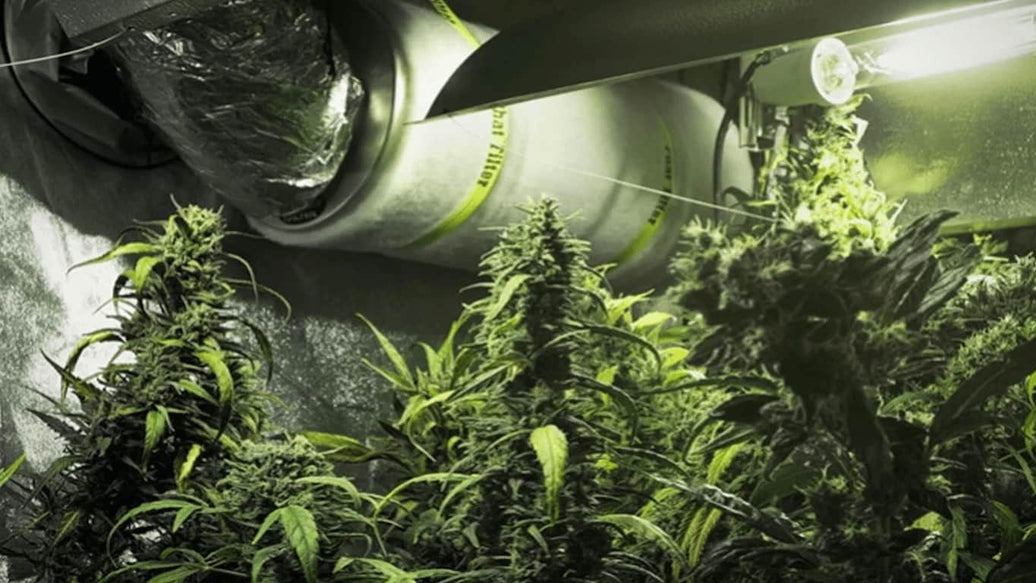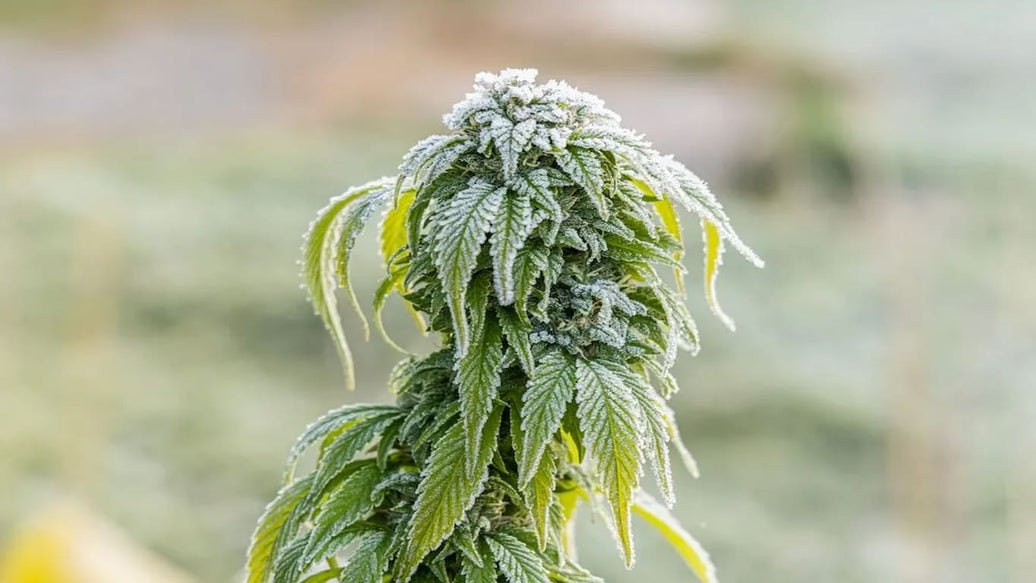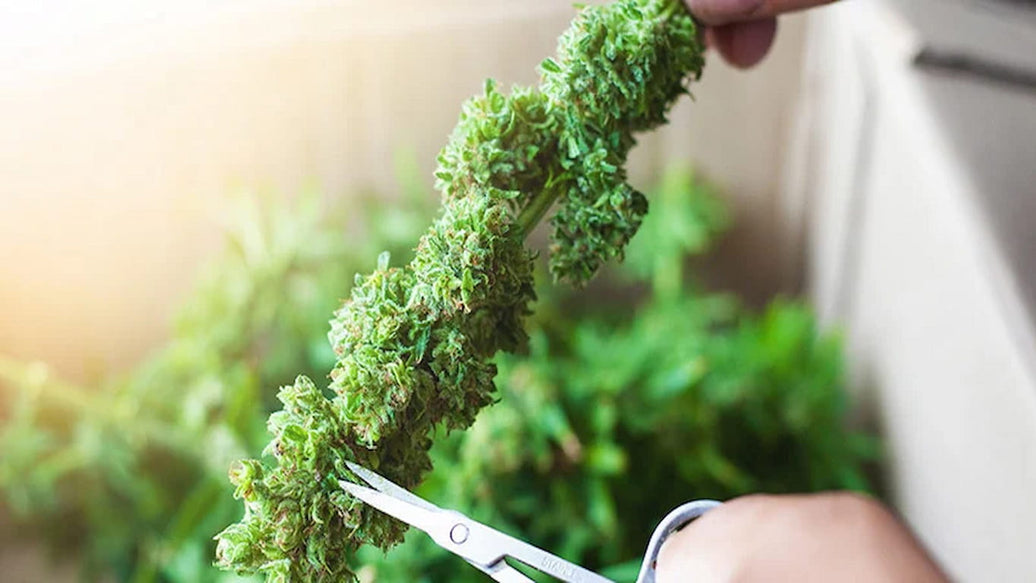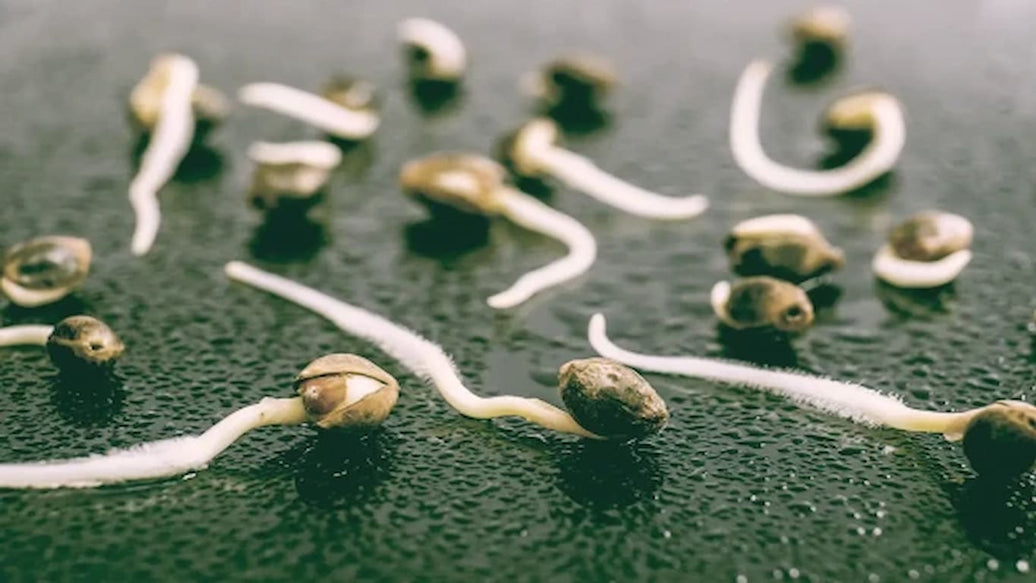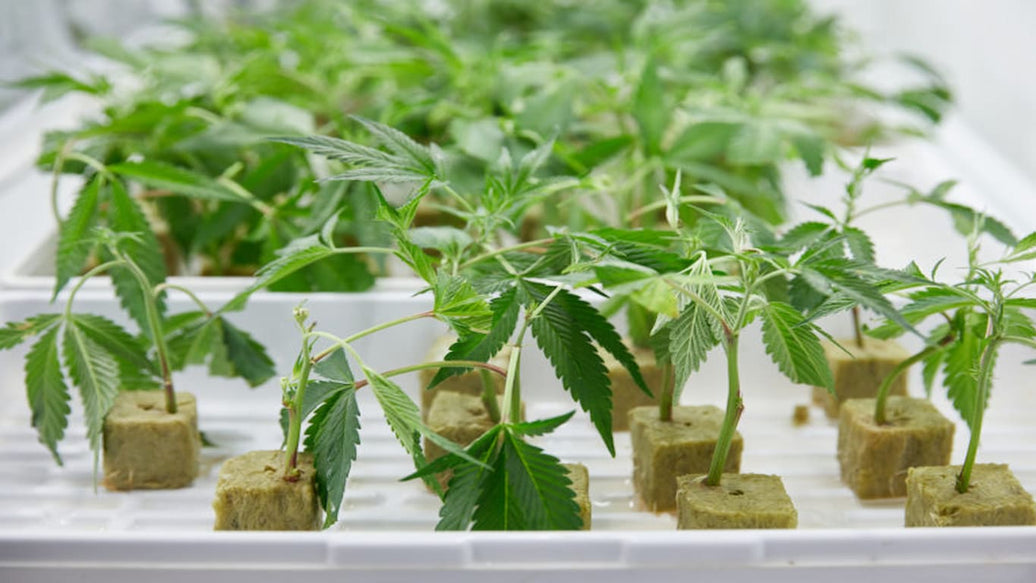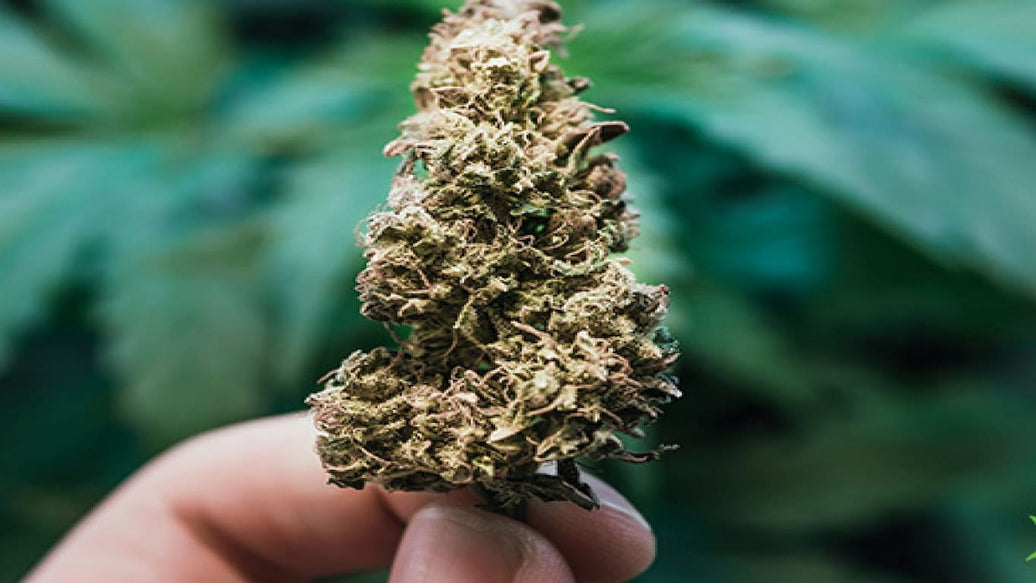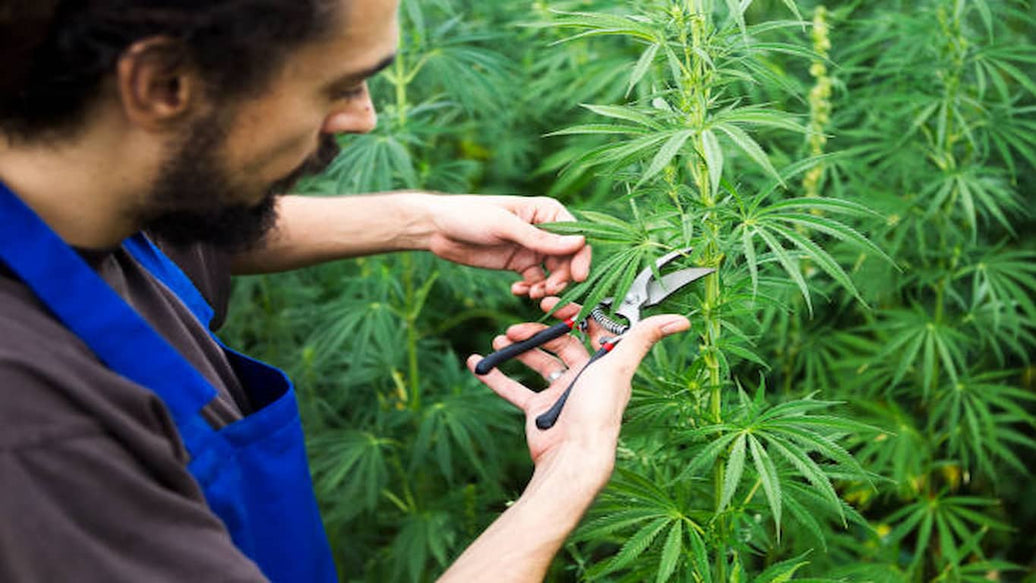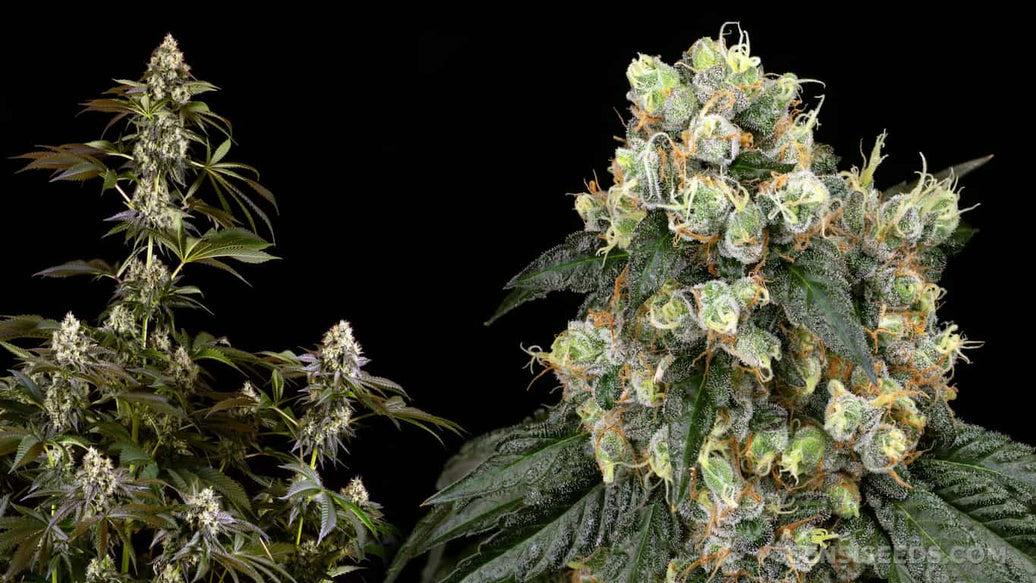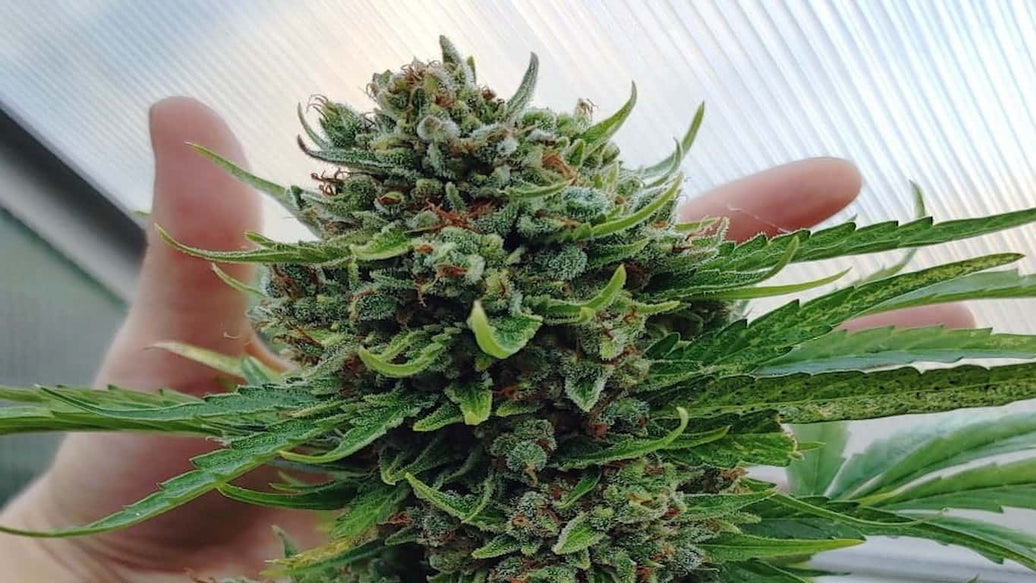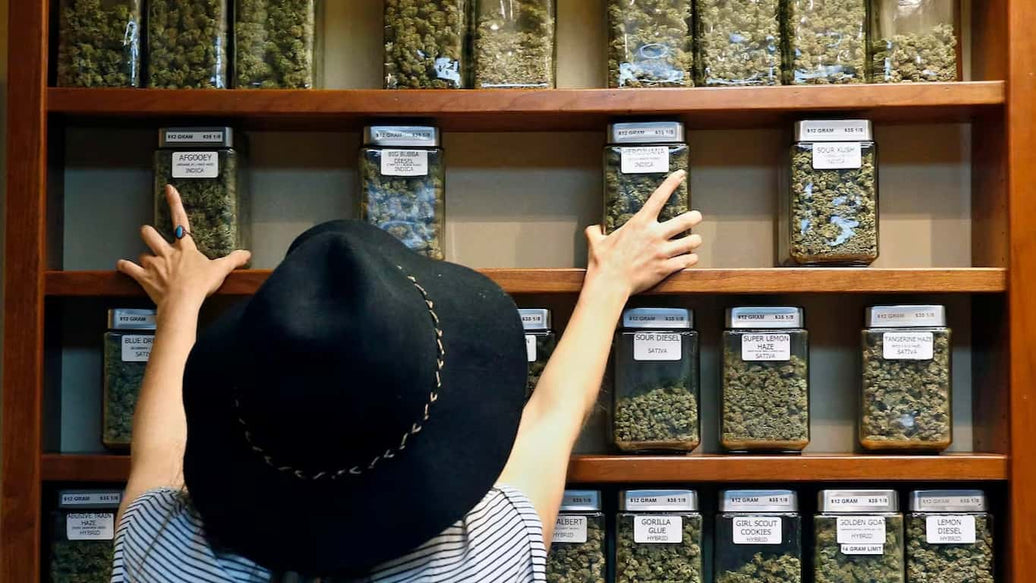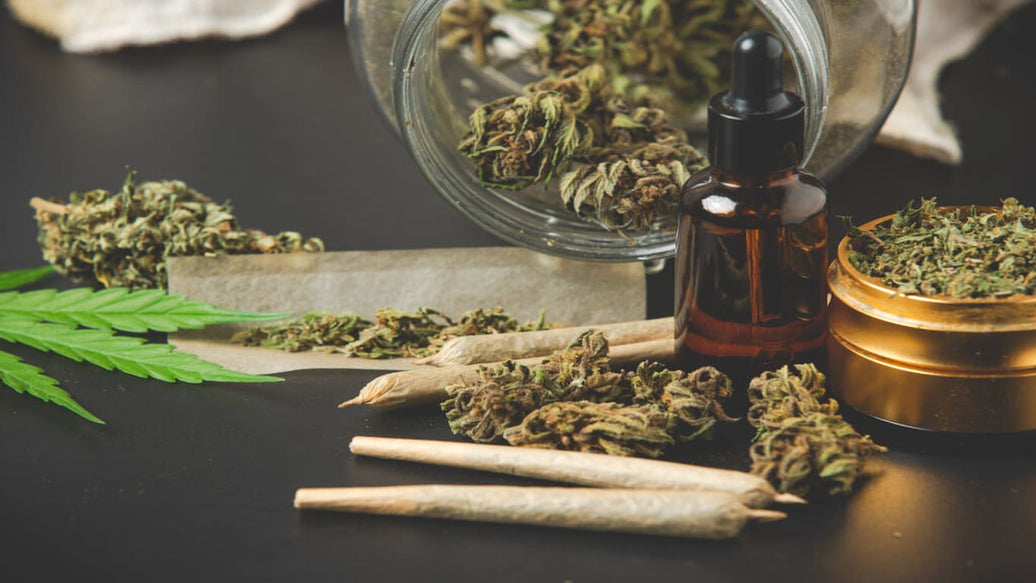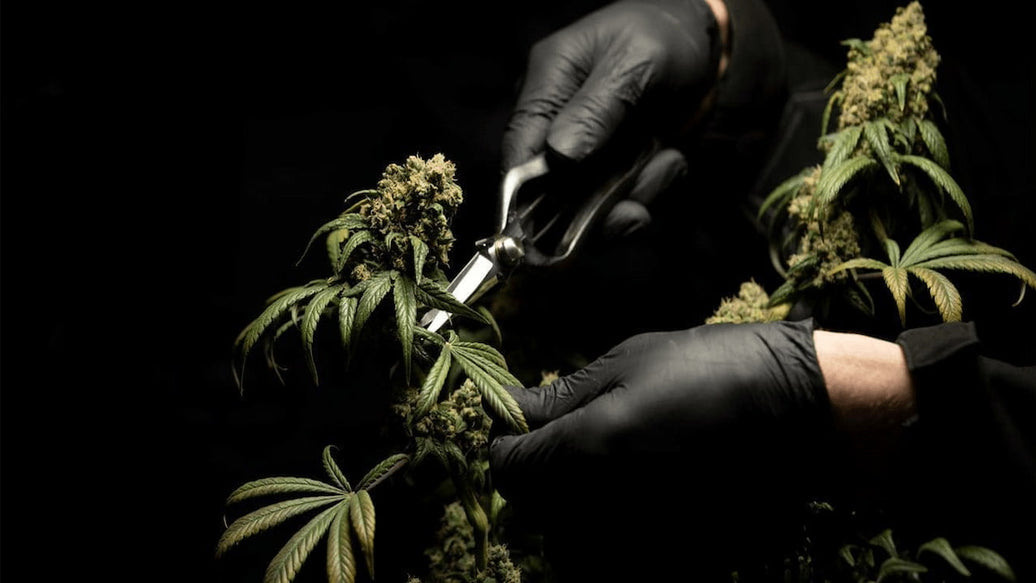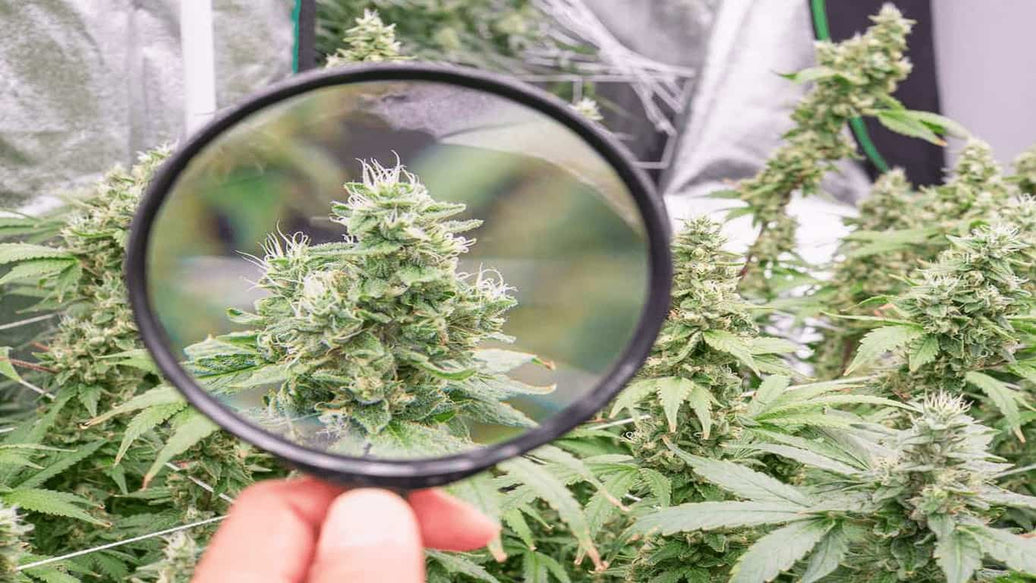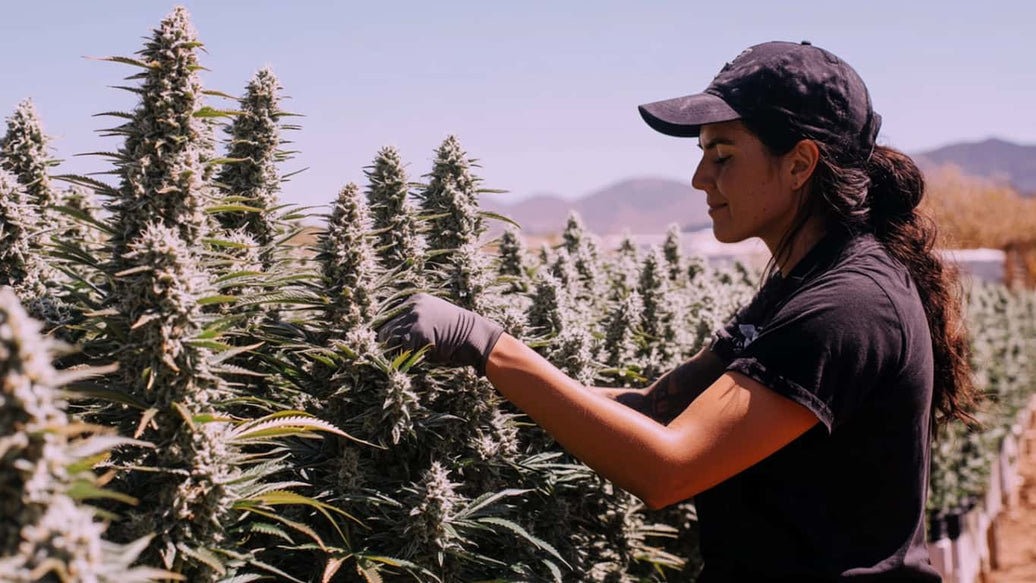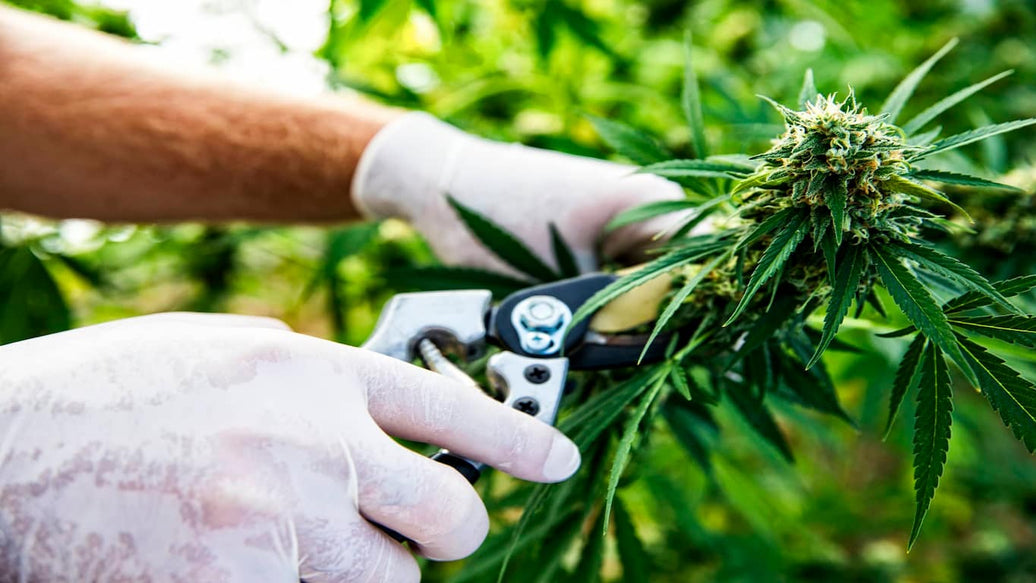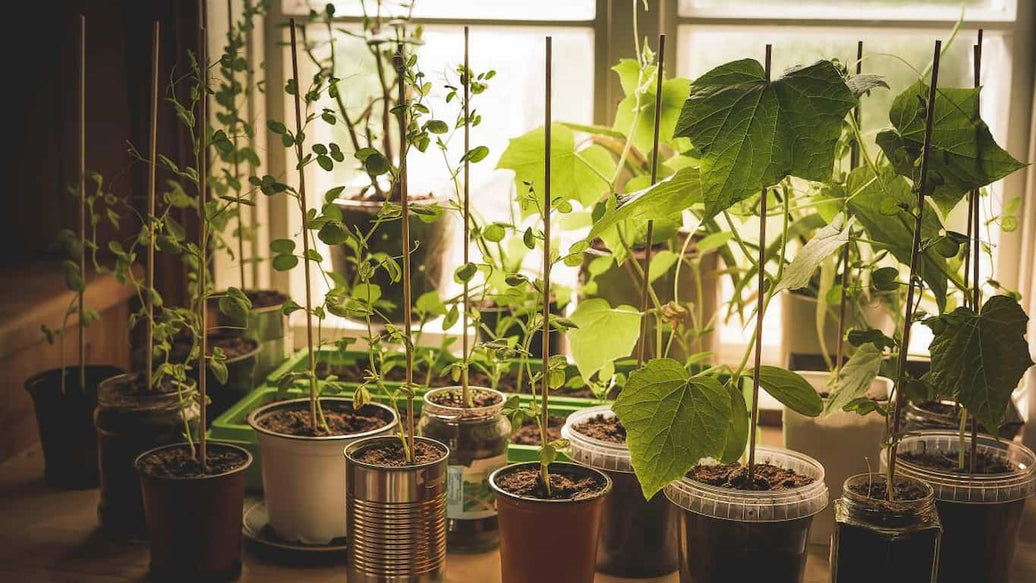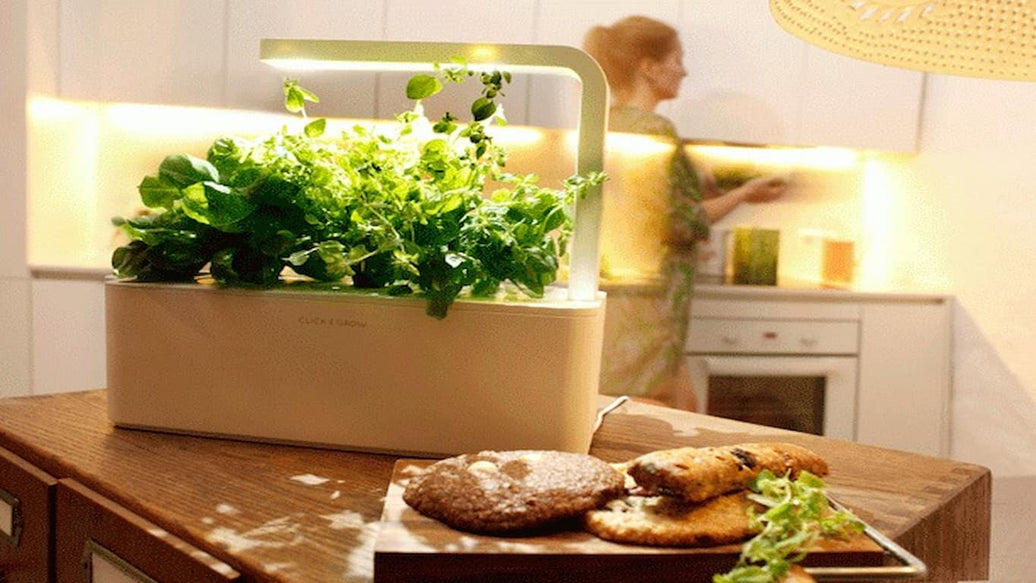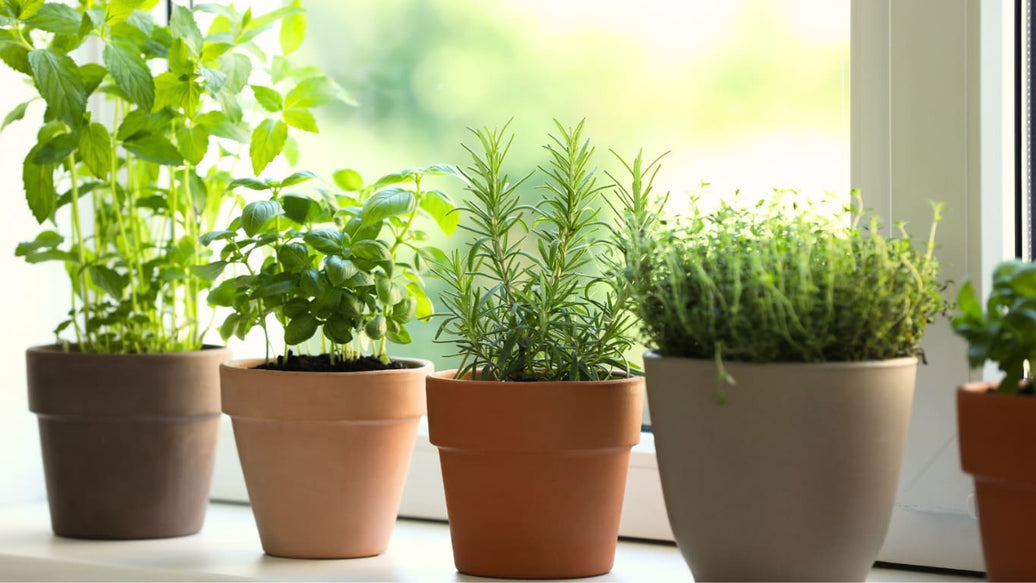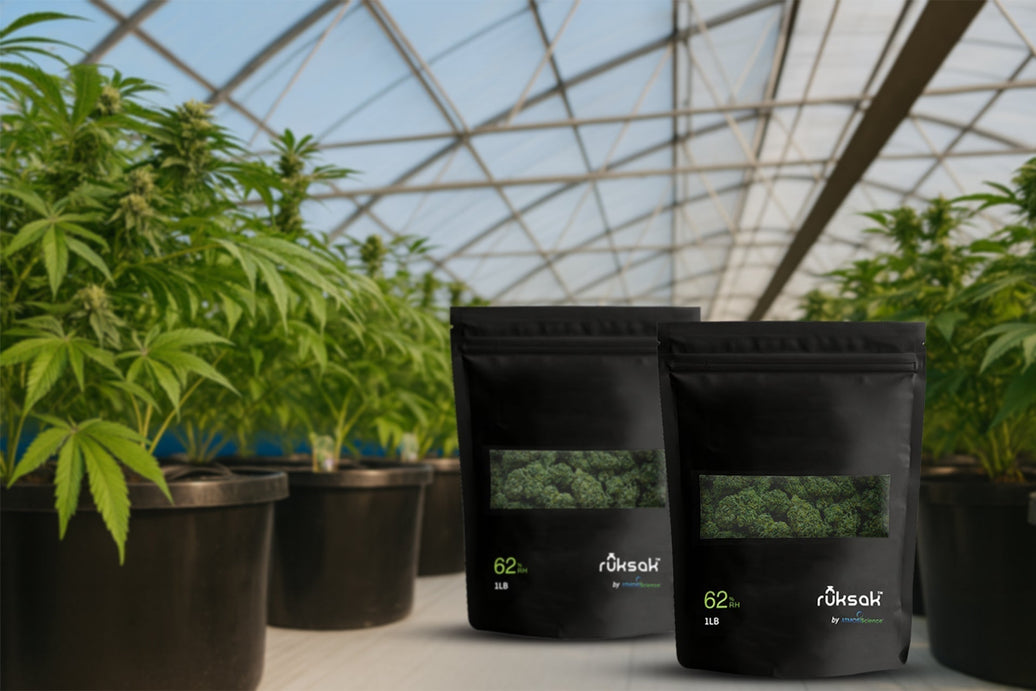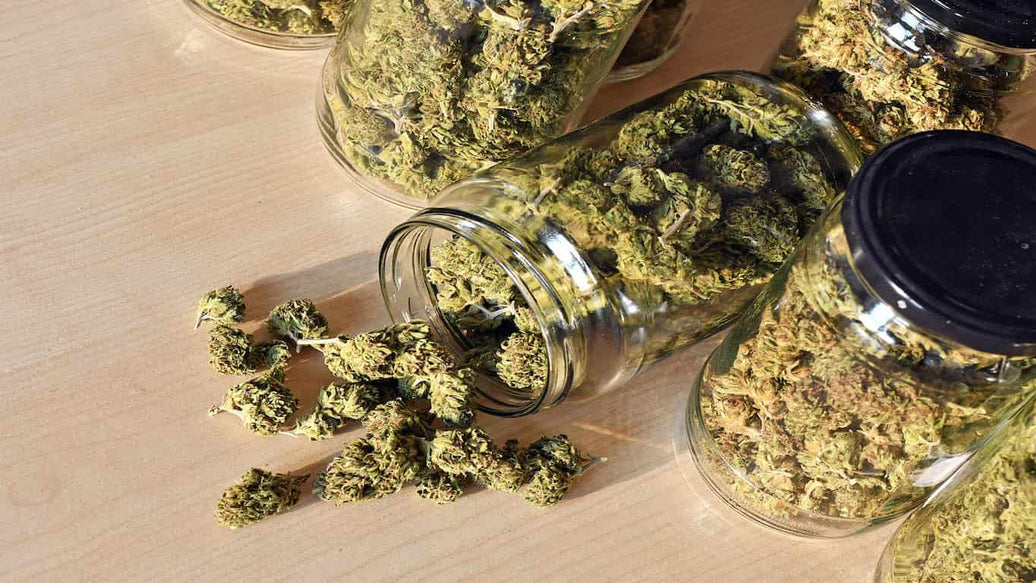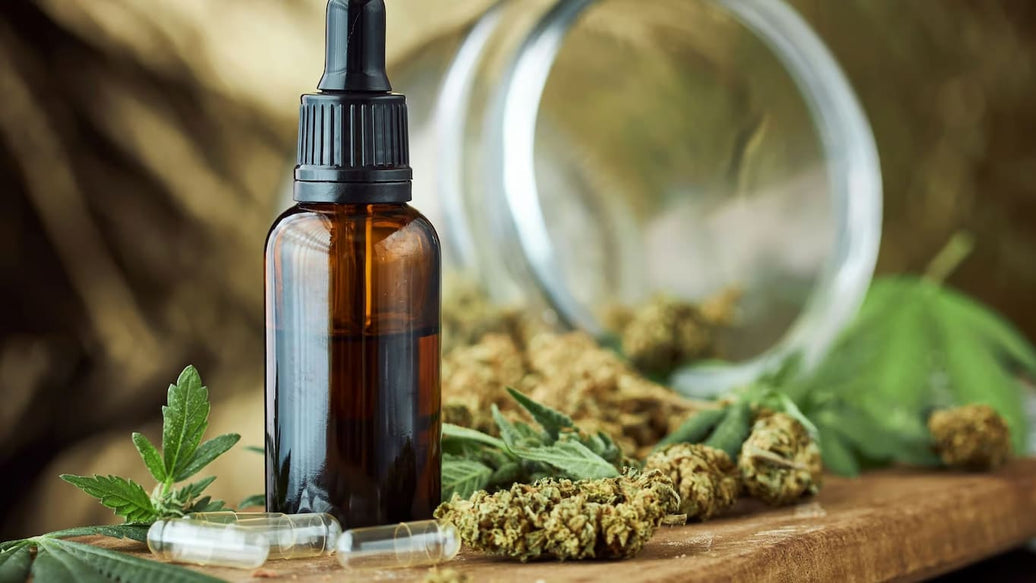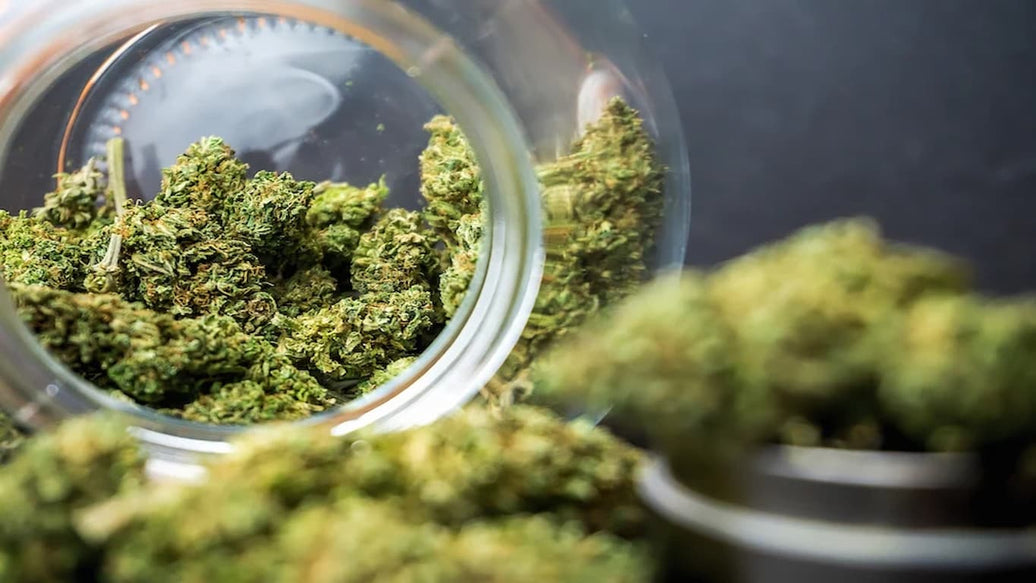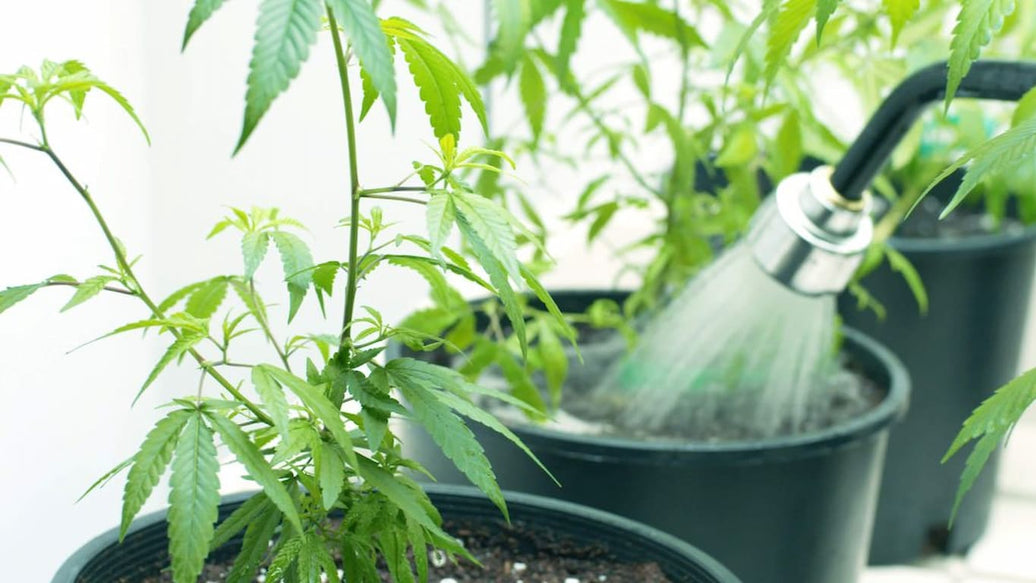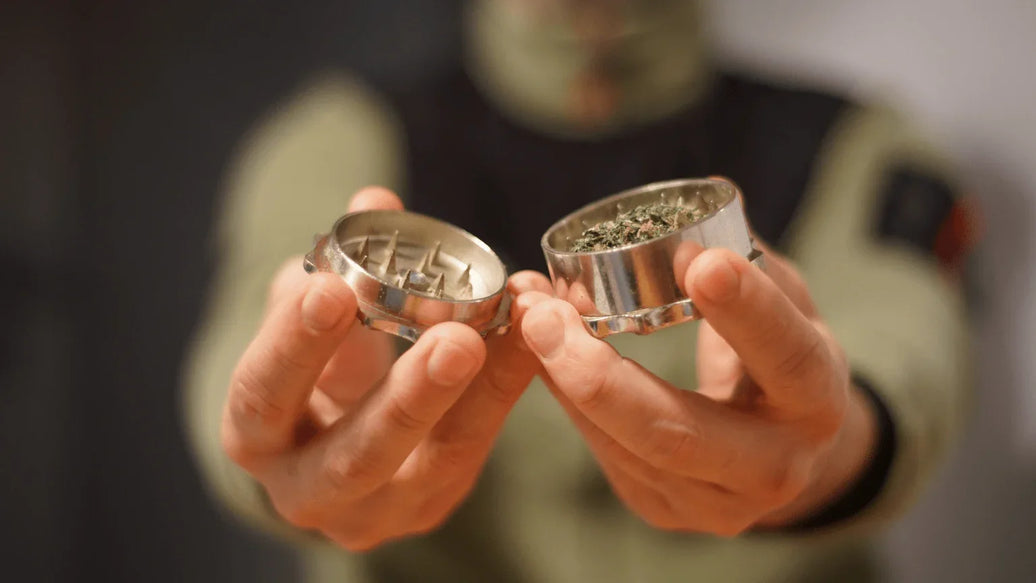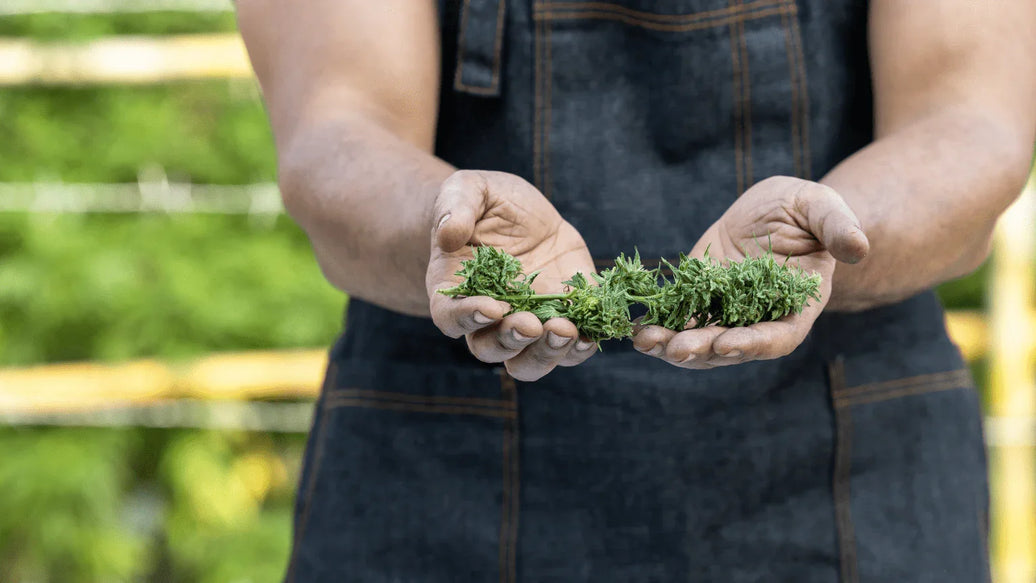Sugar leaf weed, commonly known as cannabis sugar leaves, are the small leaves that grow directly out of cannabis buds. Despite often being overlooked as mere trim material, these leaves hold an important place in cannabis cultivation, extraction, and product formulation. This blog will explore what cannabis sugar leaves are, their chemical profile, practical uses, as well as how to harvest and store them properly. By the end, you’ll understand why sugar leaves are far from waste and how you can make the most of them.

What are cannabis sugar leaves?
Cannabis sugar leaves are distinct from the larger, fan-shaped leaves that grow farther from the buds. These tiny leaves protrude among the buds and are heavily coated in sticky, crystalline resin glands called trichomes, giving them a frosty or "sugary" appearance - thus the name sugar leaves. The trichomes on these leaves contain valuable cannabinoids and terpenes that contribute to the plant's psychoactive and aromatic properties.
Compared to the fan leaves, sugar leaves have a significantly higher concentration of trichomes, though they are less dense than the flowering buds themselves. These leaves serve an essential protective role for the buds, shielding delicate flowers while also playing a minor role in photosynthesis.
Importantly, the sugar leaf weed is harvested and trimmed off during processing but should not be discarded outright. Their cannabinoid-rich profile makes them ideal raw material for products like concentrates and extracts.

Chemical composition and cannabinoid profile
The chemical makeup of sugar leaf weed is a balance of cannabinoids, terpenes, and other phytochemicals. Although not as potent as buds, these leaves contain meaningful levels of THC, CBD, and other cannabinoids, along with flavonoids and antioxidants.
Scientific studies have shown that sugar leaves have a lower but still substantial cannabinoid concentration compared to buds. They are a rich source of terpenes responsible for the unique flavors and aromas of cannabis. Antioxidants and antimicrobial compounds found in sugar leaves contribute additional therapeutic potential.
Uses of cannabis sugar leaves
Far from being plant waste, cannabis sugar leaves can be repurposed into a variety of valuable products:
- Concentrates: The trichome-rich sugar leaves are excellent for making concentrates like hash, kief, rosin, and oils. Extraction methods such as solvent-based (ethanol, butane) or mechanical presses leverage their cannabinoid richness.
- Edibles: After decarboxylation (a heating process activating cannabinoids), sugar leaves can be infused into cannabis butter, oil, or tinctures, providing delicious and therapeutic edible options like brownies and gummies.
- Topicals: Cannabinoids extracted from sugar leaves are used in balms, creams, and salves for localized pain relief, skin conditions, and inflammation.
- Smoking or Vaping: While less potent than buds, some users mix finely chopped sugar leaves into joints or vaporizers for added flavor and mild effects.
Overall, the versatility of sugar leaf weed means growers and consumers can maximize the value of every part of the plant.
Harvesting and trimming sugar leaves

Proper harvesting and trimming of sugar leaves are critical to preserving their cannabinoid and terpene content.
- Manual trimming allows for selective cutting, minimizing damage to trichome-rich leaf surfaces.
- Wet trimming (immediately after harvesting) is preferred by some to maintain freshness, while dry trimming can enhance curing and overall potency.
- Using sub-zero temperatures and tools like bladeless trimmers can enable live extraction of premium concentrates from fresh sugar leaves.
Trimming directly impacts the quality of final products and the ease of storage, making careful handling essential.
Discover more: Mastering Trimming Cannabis Buds: How to Achieve the Perfect Trim
Extraction methodologies and optimization
For processors interested in utilizing sugar leaf weed, extraction methodology is key to unlocking their chemical potential. The most effective approaches include ethanol and methanol solvent extractions, supercritical CO₂ extraction, and hydrocarbon extraction, each offering a different balance of yield and terpene preservation.
Cold extraction methods, such as cold ethanol assisted by ultrasound, maximize cannabinoid recovery while protecting delicate terpenes and flavonoids. Extraction yield can be optimized by adjusting solvent ratios, temperature control, and extraction duration. For example, cold ethanol extraction at temperatures between -20°C and -40°C achieves over 80% efficiency for acidic cannabinoids, making this an ideal choice for full-spectrum extracts.
Additionally, newer green extraction techniques like deep eutectic solvents offer environmentally friendly alternatives, aligning with sustainability goals increasingly important in the cannabis sector.
Read more our blog: Mastering Cannabis Extraction: Methods, Quality, and Applications

Storing cannabis sugar leaves
Storage conditions for cannabis sugar leaves influence their longevity and potency as much as buds. Factors like humidity, temperature, light exposure, and oxygen affect the degradation of cannabinoids and terpenes.
To keep sugar leaves fresh and potent:
- Avoid excessive moisture that can cause mold.
- Maintain humidity around 55-62% relative humidity.
- Store in airtight, opaque containers away from light.
- Keep cool, ideally between 60-70°F (15-21°C).
For more on preserving cannabis freshness, check out the ATMOSIScience blog "Does Weed Go Bad? How to Keep Cannabis Fresh" and "Optimal Weed Storage: Science-Backed Methods for Potency & Safety" which explain how to manage storage variables effectively.
Innovative products like the ruksak packaging system offer two-way humidity control, ensuring freshness up to 12 months by regulating moisture and protecting aroma. These bags are compostable and child-resistant, making them an eco-friendly and safe storage solution.

Why proper storage matters for sugar leaves
Like buds, sugar leaf weed is vulnerable to:
- THC and terpene degradation through oxidation, light, and heat.
- Microbial contamination risking product safety.
- Loss of aroma and effects crucial for concentrates or edible infusions.
Using controlled humidity packaging like ruksak bags and airtight jars with ATMOSIScience liners protects sugar leaves from spoilage, preserving their chemical integrity for months. Proper storage also ensures consumer safety and maximizes value from harvested trim.
Visit ATMOSIScience to explore these products and gain more insights from blogs like "Expert Guide on How to Harvest Cannabis and Dry It" and "How to Keep Weed Fresh for Months: Top Proven Storage Tips".
Conclusion
Cannabis sugar leaves are an underappreciated yet highly valuable part of the cannabis plant. Rich in cannabinoids and terpenes, they serve as a versatile raw material for concentrates, edibles, topicals, and even direct use. Proper trimming, extraction, and especially storage are essential to maximizing their potential.
By integrating advanced storage solutions like ruksak two-way humidity control bags from ATMOSIScience and following proven preservation methods, growers and consumers can protect the potency, flavor, and safety of their cannabis sugar leaves and enjoy their benefits for longer.
Explore the resources and products at ATMOSIScience to elevate your cannabis experience starting from these essential but often overlooked sugar leaves.

